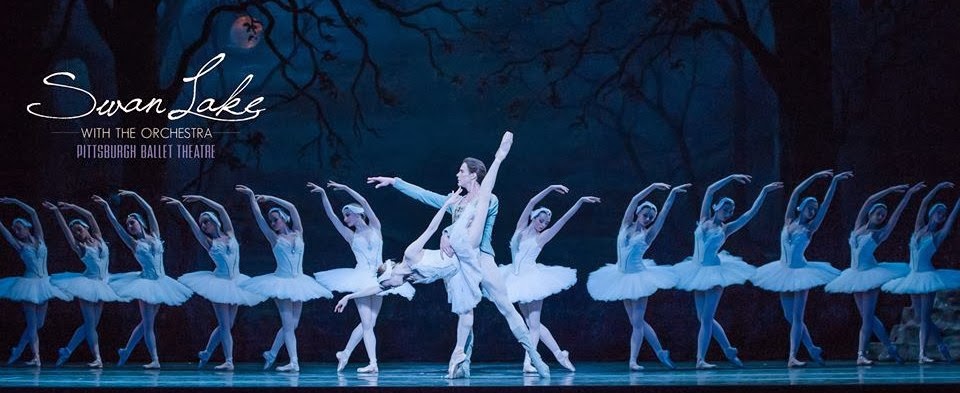A Review of Paul’s Case, Feb. 22nd 2014 Performance
From: Roving Pittsburgher Report and PositivePittsburghLiveMagazine.com
Written By: Stephanie Curtice | Feb. 23, 2014
Some things have not changed since 1906. Times are tough, but America still is the land of opportunity. In school, society encourages kids to dream big and work hard to be successful. But young, starry eyed Paul went off the rails at the work hard part. When the young and dumb blaze their own trail and buck the system, there can be stark consequences to pay.
Last night Paul’s Case fittingly made its local debut at the Pittsburgh Opera. The 2013 American opera is half set in Pittsburgh, including the Carnegie Music Hall. Based on the like-titled 1905 story by Willa Cather, composer Gregory Spears and co-libretist Kathryn Walat bring together minimalistic and baroque musical elements to depict Paul’s self-centered life.
Written By: Stephanie Curtice | Feb. 23, 2014
Some things have not changed since 1906. Times are tough, but America still is the land of opportunity. In school, society encourages kids to dream big and work hard to be successful. But young, starry eyed Paul went off the rails at the work hard part. When the young and dumb blaze their own trail and buck the system, there can be stark consequences to pay.
Last night Paul’s Case fittingly made its local debut at the Pittsburgh Opera. The 2013 American opera is half set in Pittsburgh, including the Carnegie Music Hall. Based on the like-titled 1905 story by Willa Cather, composer Gregory Spears and co-libretist Kathryn Walat bring together minimalistic and baroque musical elements to depict Paul’s self-centered life.
 |
| Paul's Case at the Pittsburgh Opera (photo courtesy: David Bachman) |
After stealing a hefty sum from his new employer Paul a makes run of it in New York City. He uses his stolen funds to bankroll a lavish up-scale life with new dapper duds and residency at the Waldorff Astoria. With one poor decision after another, he spends a drunken night on the town, only to find himself waking to more than a hangover. He is found out and his actions begin to catch up with him. Revolver in hand and no further dreams than living the high life, young Paul goes into a tailspin.
The cautionary tale is chock-full of hopes and dreams, disappointment and failure, depicted with dissonant tonal clusters, large oscillating jumps, and repetitive melodic snip-its. The performance featured fine singing, a small chamber orchestra, and very minimalistic production. Of the small 7 person cast, Daniel Curran (Paul) and Alex DeSocio (Father) were my favorites with clear and beautiful singing that was easy to understand. The intimacy of the Pittsburgh Opera in the Strip District was the perfect setting for this opera. The engaging performance will leave you feeling truly connected to Paul and his father, and bewildered by the tragic ending.
Additional Performances:
Friday, Feb 25th | 7 PM | Pittsburgh OperaFriday, Feb 28th | 8 PM | Pittsburgh Opera
Sunday, Mar 2nd | 2 PM | Pittsburgh Opera
By: Stephanie Curtice
Good News and Cultural Reporter
PositivelyPittsburghLiveMagazine.com
RovingPittsburgher.blogspot.com
TheNewGirlintheBurgh.blogspot.com
TheNewGirlintheBurgh.blogspot.com
(c) PositivelyPittsburghLiveMagazine.com 2014














